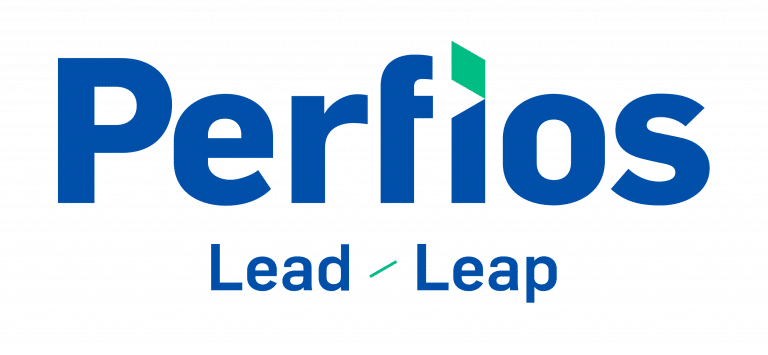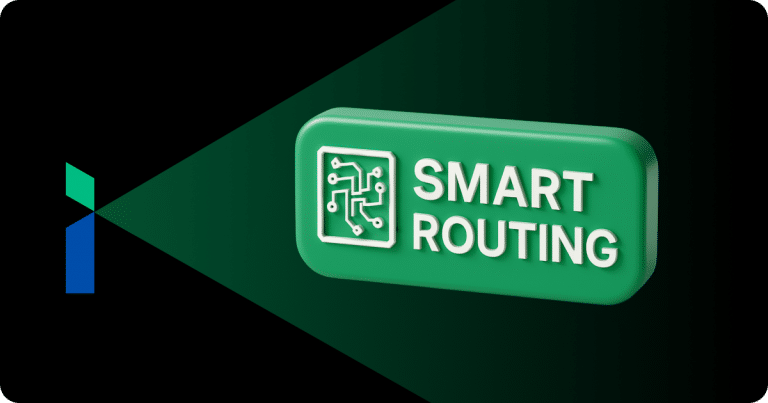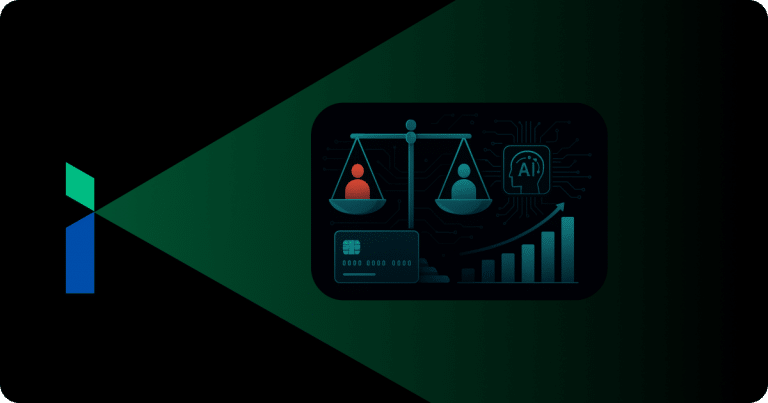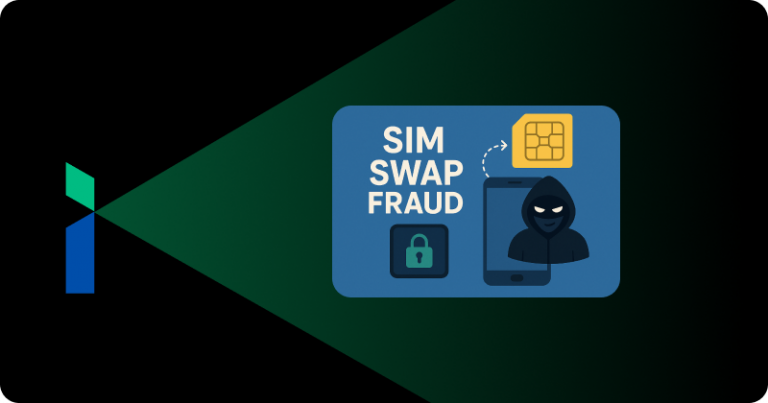How does BNPL work?
BNPL service providers opt for cutting-edge technologies to determine and verify applicants’ indebtedness or creditworthiness. Hence, their customer onboarding process is usually quick, efficient, and seamless with absolutely no documentation or cumbersome joining fees. The entire process is digitally enabled through designated applications accessible on smartphones.
As BNPL credits are short-term, low-ticket loans, there is minimal risk involved. These point-of-sale loans are usually opted for by the younger generation who are new-to-credit customers with no credit history.
How do BNPL Lenders Make Money?
Sellers typically pay 2% to 8% of their total merchandise value to the BNPL providers and merchants onboard BNPL lenders to enable faster checkouts for their customers.
Furthermore, they impose interest charges ranging from 10% to 30% based on a buyer’s credit score and repayment history. The customer will not be charged interest if they pay the liable amount within the specified time.
Despite this, many users fail to pay their outstanding dues on time, resulting in interest, which goes directly into BNPL provider’s pockets.
Deep-dive into the BNPL world
India had 58 million credit cards as of August 2020, a paltry number considering that 80% of its 1380 million people have bank accounts, while smartphone penetration has risen to 744 million users.
With the massive population holding bank accounts and the rapidly increasing smartphone penetration in India, the Buy Now Pay Later model turns a smartphone into a digital credit card, democratizing credit availability in India. Here are the factors that have led to the exponential growth of BNPL loans:
Consolidated Bill
Multiple merchants and repayment periods complicate and delay payments. The BNPL lenders provide users a single, consolidated bill that includes all their bills from different companies within a stipulated time frame.
Faster check-out
Most of the buy now pay later companies facilitate 2-click checkout on a shopping portal, which typically takes 6+ clicks and adds to the friction in executing transactions.
Less checkout time leads to more purchases, a higher cart-conversion rate, and higher payment success rates. Customers shun cash-based delivery, which takes about 5-7% of Gross Merchandise Value, thus increasing margins for the supplier.
Instant Approvals
In terms of access to credit, there are many underserved and unserved consumer segments, notably the lower class and the self-employed. Not everyone who applies for a credit card qualifies due to stringent eligibility requirements based on credit scores, credit histories, income, etc. Even if they do, not everyone opts for a credit card, as many cards come with an annual membership and joining fees. Obtaining a credit card also requires extensive documentation and the completion of many forms.
On the other hand, the millennials who are new to credit with no credit history can get BNPL credit. The major eligibility criteria for BNPL credit is a bank account and KYC records in place.
Seamless Process
The beauty of BNPL is that it’s embedded into the checkout process. All customers have to do is choose the products, add them to the cart, navigate to the checkout page, and there it is; a no-fuss, easily accessible choice to pay later that saves time and enhances their online shopping experience.
Cost-Effective
BNPL lenders provide the facility to make payments in equated monthly installments in feasible amounts, that do not drill a hole in the customer’s wallet. There are no additional fees for customers who pay on time.
Who are the prominent BNPL lenders in India
Some of the prominent BNPL players available in the Indian market are:
- ZestMoney
- LazyPay
- Simpl
- Amazon Pay Later
- Ola Money Postpaid
- Paytm Postpaid
- Flexmoney
- EPayLater
- Capital Float
BNPL in the B2B World?
BNPL offers customers the ability to buy now and pay later. In B2B, as corporations often pay later, squeezing cash flow for suppliers, the need for BNPL is reversed i.e Sell Now, Pay Now (SNPN).
Why do corporations prefer BNPL?
B2B, where the buyer is a corporation, is usually characterized by credit payment, which means corporates already buy now and pay later- with payment terms extending to 30, 60, 90, and 120 days.
Why is that? BNPL gives corporations an immense financial advantage, enabling them to hold on to cash for an extended period. Prior to the initiation of any payment, they can also verify and check the goods and services.
Why SNPN is the way forward?
A cash transaction would be much appreciated by sellers. With current technology, it’s easy to facilitate the SNPN option without impacting any of the reasons that force corporations to adopt the BNPL process.
SNPN option eliminates the need for the B2B payment to be contingent on the buyer and does not affect the buyer’s working capital as funding is provided by a 3rd party. Using machine learning, it is also possible to automatically screen B2B transactions and unwind them in the event of poor quality of goods.
The SNPN option is beneficial to both corporate buyers and suppliers. Short-term gain is offset by the long-term effects of paying the supplier’s goods and services at a higher cost. The BNPL option is also harmful to the supplier as there is a bottleneck in cash flow since the buyer would not make payment unless all goods and services are accepted and checked.
Open banking and applied machine learning can help BNPL providers ascertain the customers’ creditworthiness, and an increasingly digitized credit evaluation process means that low-cost lending can be embedded into the checkout process just like any B2C e-commerce platform.
Conclusion
According to the Q4 2020 BNPL survey, the BNPL payment in the country is expected to grow by 65.5% in India, reaching a ginormous value of $11,570.7 million in 2021. The adoption of this payment mode is expected to rise by 24.2% CAGR from 2021-2028, propelling the gross merchandise value from the current $6990.5 million in 2020 to a whopping $52827.2 million by 2028. The only way BNPL can go is upwards!














